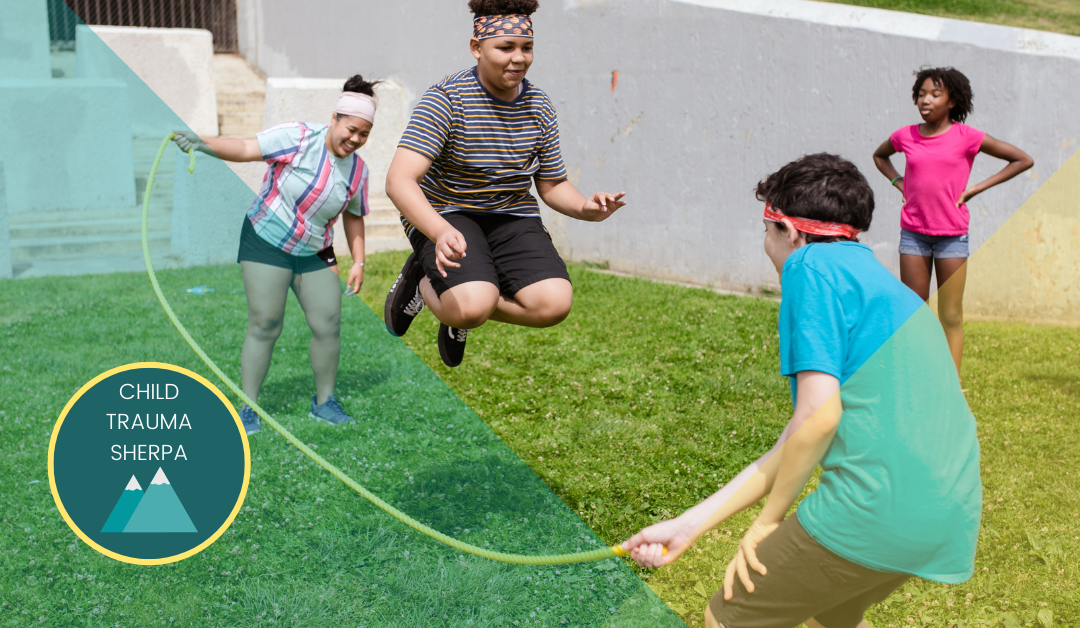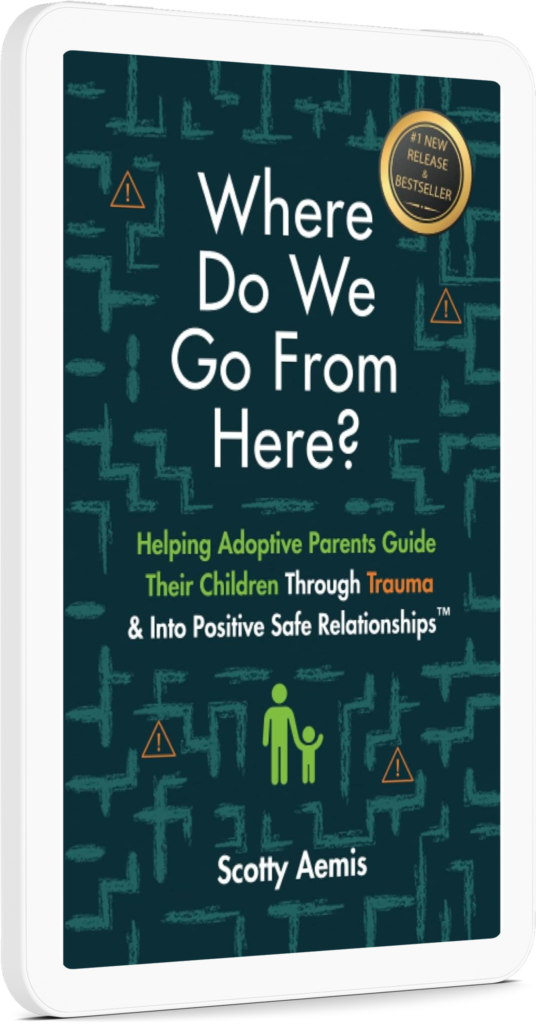These 5 Principles are the Foundation of the Healing Journey
Trauma changes our perception of not only other people, but how the world and society works as a whole. When we are repeatedly subjected to trauma or traumatic events, it can literally alter how our brains work, or in other words, damage our brains.
This damage is caused by constantly being in fight or flight mode; it alters how we perceive the world and can lead to unwanted behaviors as a coping mechanism. Often it is these unwanted behaviors that become the focus, and not the trauma itself. Children with trauma are labeled as bad kids and we attempt to correct behaviors as we would with any other child.
However, taking a trauma informed care approach treats the underlying trauma, rather than just the symptoms (i.e. the unwanted behaviors) on their own. Trauma informed care reimagines the patient-authority figure relationship. Rather than simply correcting unwanted behaviors, you work on building trust and work alongside your child to help them heal from the underlying trauma.
First Things First
Before we take a look at the five principles of trauma informed care, we need to first have an awareness of trauma, the prevalence of trauma, and the effects of trauma. It is only in understanding what childhood trauma is and how it affects someone that we can truly become a partner in healing.
Also, we must learn to stop the sabotage. In other words, not only do we need to learn what to do to help healing occur, but also what actions to avoid that can cause retraumatization. Retraumatization is caused by the old style of parenting that focuses on behavior first and then relationship; this style of punishment and consequences will only deepen the mistrust a child has in their authority figures and caregivers and worsen unwanted behaviors.
By focusing on the five principles of trauma informed care, which I considered an integral part of the Positive Safe Relationship (PSR) system, you can become a guide in your child’s journey toward healing from their trauma.
1 | Safety
Creating a safe space or feelings of safety with you may seem obvious, but unfortunately, this isn’t something everyone is aware of. Show empathy and build trust to assure your child that they are emotionally and physically safe.
2 | Trustworthiness
I just mentioned building trust and it is the second core principle of trauma informed care. By building trust with your child, you can show them that you are trustworthy enough for them to open up to you about their emotions or the real reason behind an unwanted behavior. Often, behaviors don’t match up to what is really bothering your child, or the connection might not be obvious to you. To build trust, you must set consistent boundaries and clear expectations to provide stability for your child. Always set these boundaries and expectations from a place of love, not control.
3 | Choice
Third, it is important that your child with trauma feels they have control over their own life. Your job as a caregiver is to guide them and offer healthy ways of coping or dealing with a problem. Give them a choice in what to do next to resolve a problem and never force them into doing something they are not ready to do.
4 | Collaboration
The same should be for any therapy or other medical treatment they receive. Providers, especially your child’s therapist and yourself, should be a collaborator in their treatment. Your child should have a choice in their professional care and healing. Remember, your child must be the hero of their own story. You cannot do their healing for them, or force them to heal on your terms. In fact, it has been shown in all types of health care that when you engage the patient in the healing process and collaborate with them in the process, they end up adhering to care plans better and the results are far more effective.
5 | Empowerment
Finally, this approach to healing childhood trauma is about empowering the survivor to discover and build upon existing strengths. You are guiding them to develop healthier coping mechanisms and ultimately, a more solid foundation for your child to fall back on when needed in the future.
Some Final Thoughts
Healing from trauma is a lifelong journey. When you focus on building trust and safety, then empower your child to make healthier decisions, you will see real results and healing! Remember, trust is a must and your child’s journey toward healing will be as unique as they are as an individual. Be patient, provide unconditional love and support for your child, and give them the time and space to work through their trauma and heal in their own time.


